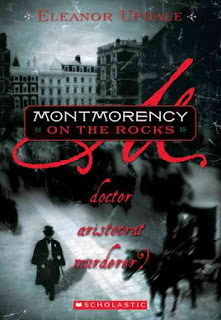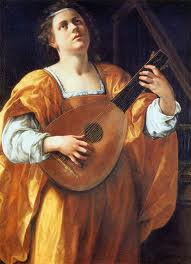 The year is 1885. Lord George Fox-Selwyn is worried about his friend, the mysterious man who calls himself Montmorency. Both are back in London after spending five years in foreign secret service, and Montmorency has developed an addiction to drugs while posing as an underworld figure. Fox-Selwyn enlists London's most controversial physician Robert Farcett to help the man that Fox-Selwyn knows the doctor will recognize as a former criminal upon whom he practiced his craft as a young surgeon. To reintroduce the men, Fox-Selwyn takes them separately into northern Scotland away from the turmoil of London. They will not be gone long, for the British Home Secretary will need them to capture an Irish terrorist who has bombed King's Cross Station.
The year is 1885. Lord George Fox-Selwyn is worried about his friend, the mysterious man who calls himself Montmorency. Both are back in London after spending five years in foreign secret service, and Montmorency has developed an addiction to drugs while posing as an underworld figure. Fox-Selwyn enlists London's most controversial physician Robert Farcett to help the man that Fox-Selwyn knows the doctor will recognize as a former criminal upon whom he practiced his craft as a young surgeon. To reintroduce the men, Fox-Selwyn takes them separately into northern Scotland away from the turmoil of London. They will not be gone long, for the British Home Secretary will need them to capture an Irish terrorist who has bombed King's Cross Station.Montmorency on the Rocks: Doctor Aristocrat Murderer? by Eleanor Updale is the second of a series of historical thrillers set in the Victorian Era. Aimed at teenage readers, these books may be enjoyed by adults who like fast-paced stories loaded with sympathetic characters. What I particularly like about these books is Updale's ability to twist the plot just when it seems clearly established. She also loads her stories with situations that make separating good and evil difficult. Many of the characters had committed crimes or betrayed some trust in the past. Who should be trusted in the future? Who was worthy of being forgiven?
The Montmorency series evokes a fascinating period when industrialization and urbanization were making cities dark and polluted. The rule of the British Empire is drawing people from all over the world to London. It seems to me very much the world of Sherlock Holmes. These books deserve more readers.
Updale, Eleanor. Montmorency on the Rocks. Scholastic, 2004. ISBN 0439606772














